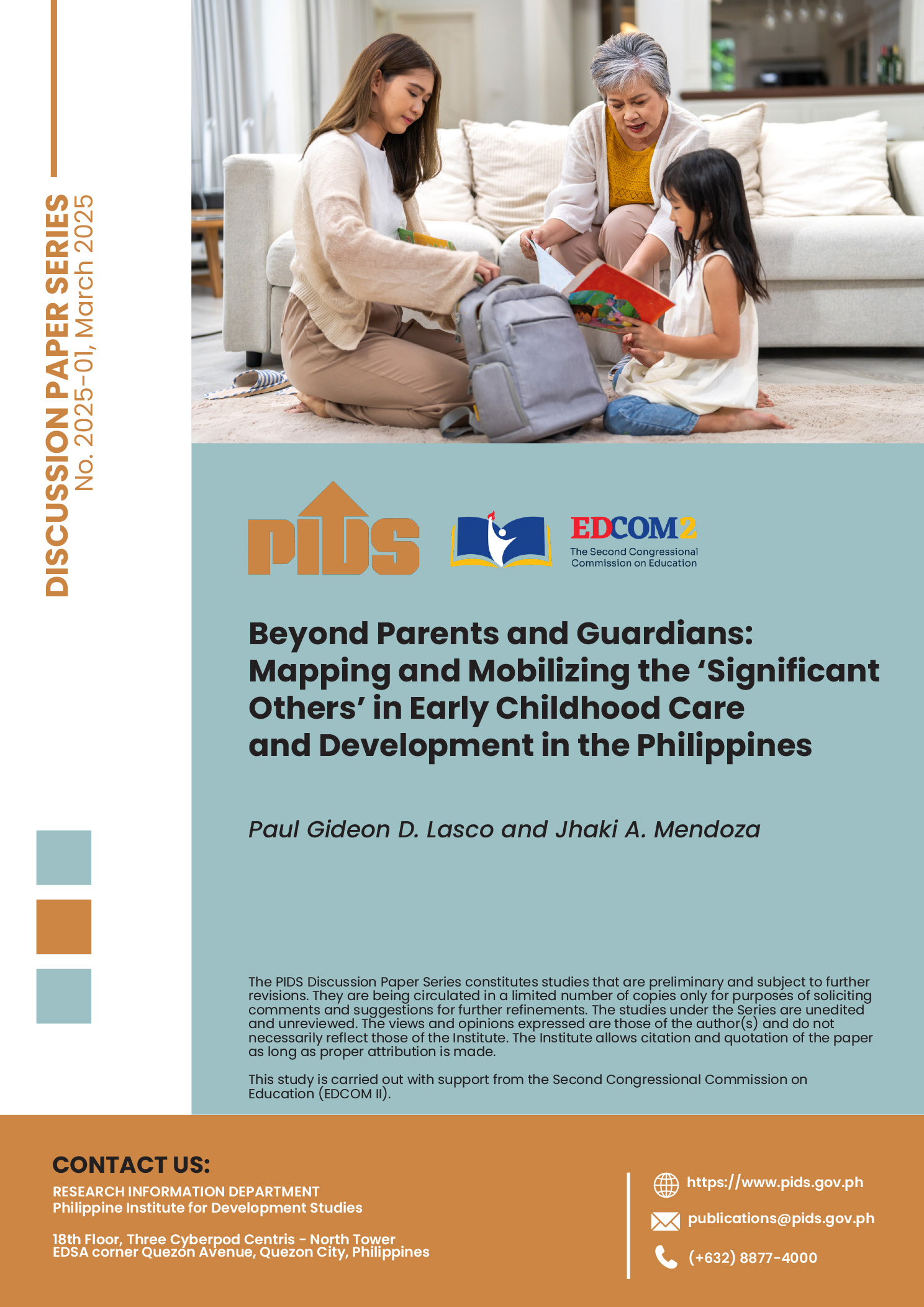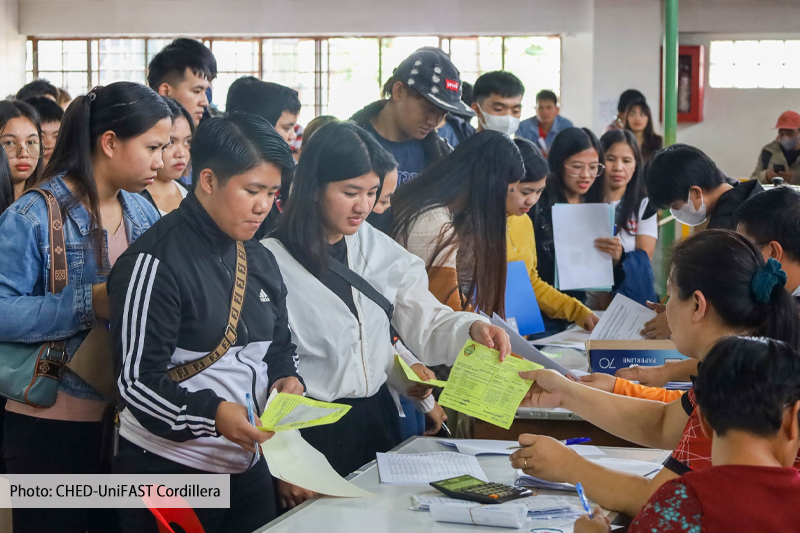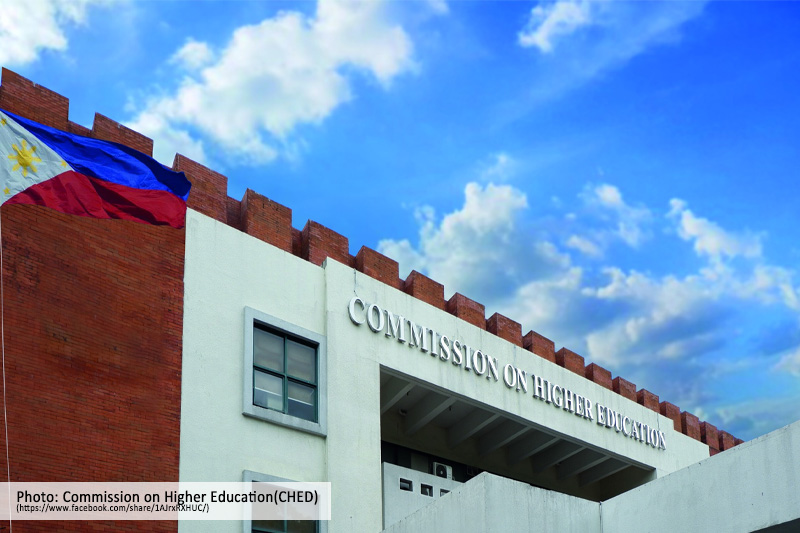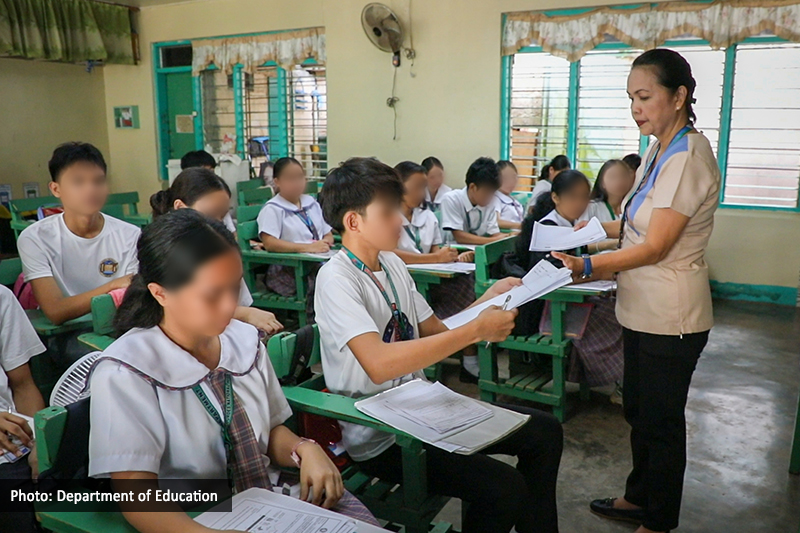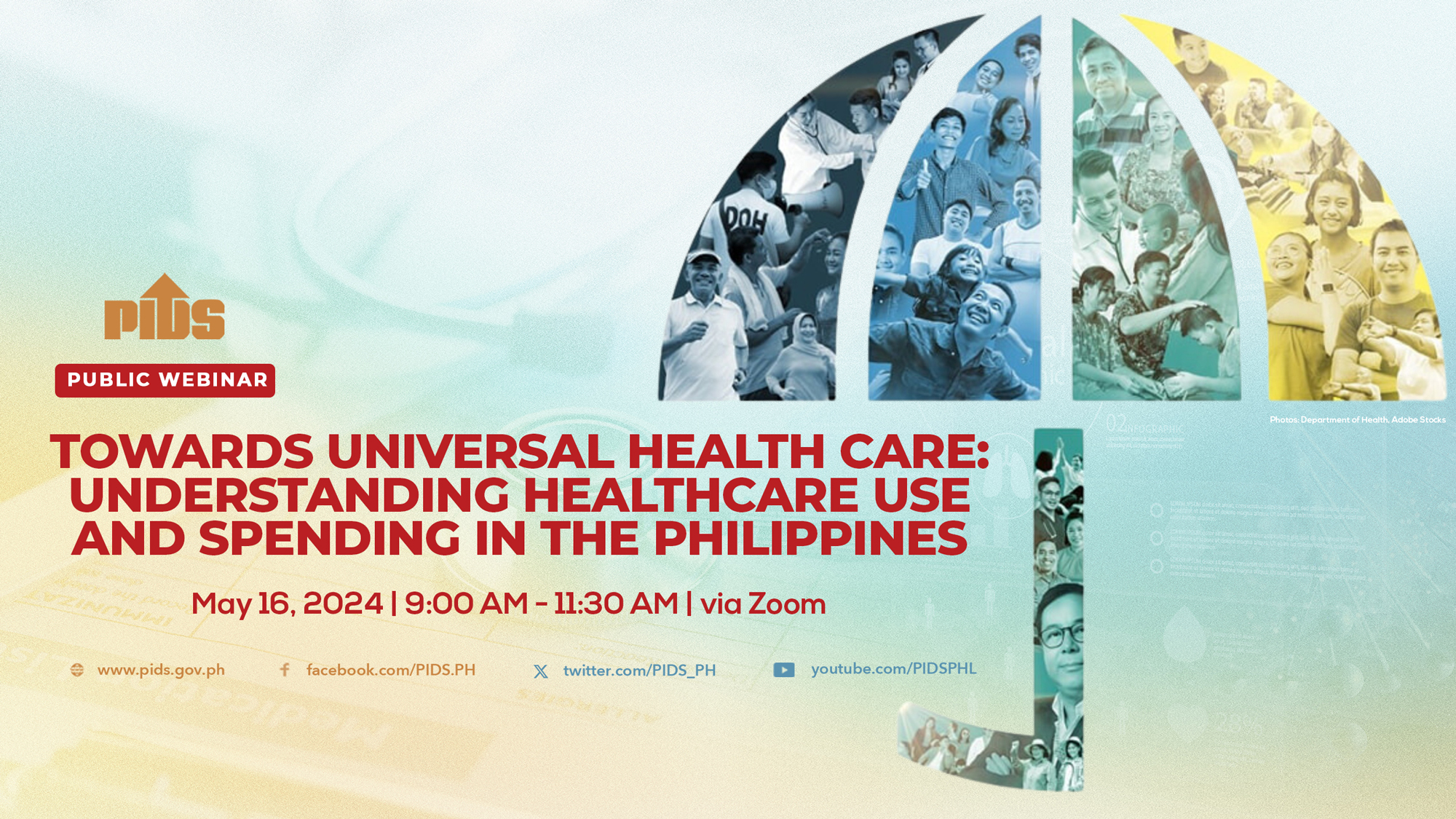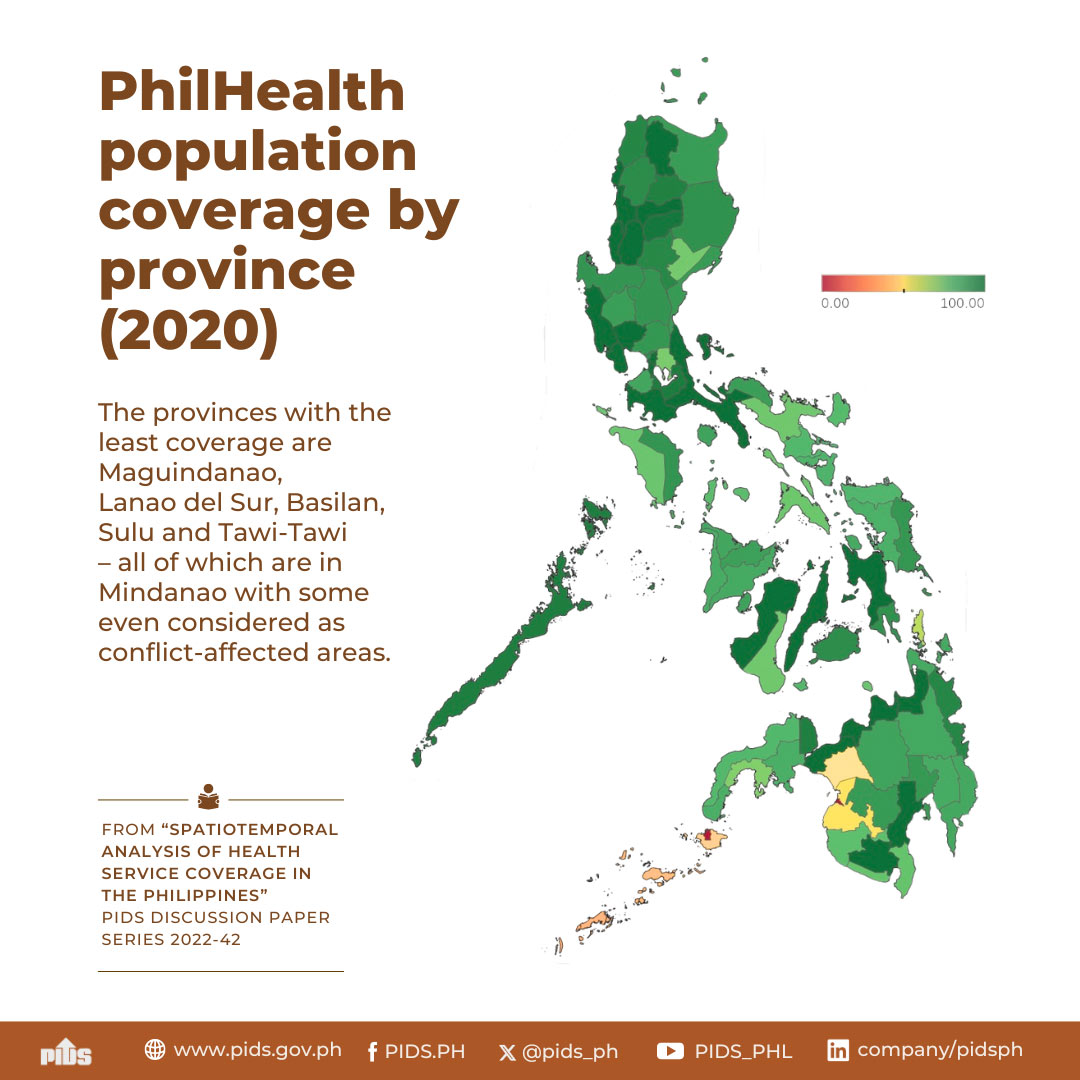In his second State of the Nation Address on July 24, President Ferdinand Marcos, Jr. touched on several issues that I have mused about many times in this column. Due to space limitation, I was able to comment only on his tourism program. My commentary today is on the President’s plans regarding the nation’s healthcare system.
Said he on July 24: “Our healthcare system is undergoing structural changes. Public health facilities are being increased, both in number and in capability. Last year, more than 3,400 projects were completed. To improve capacity for specialized medical treatment, specialty centers in various fields are being established and integrated into our government hospitals.”
His political allies in both chambers of Congress applauded. I joined them for laudable are those accomplishments.
He went on to say: “In the last year, [an] additional 60 specialty centers have been opened to the public. Just last week, we inspected the site of what will soon be a five-hectare multi-specialty center in Pampanga, which will specialize in pediatrics, cardiology, kidney, and cancer treatment.”
Louder applause and seemingly recorded cheers immediately followed the boast. I sat back and mused. The claim of 60 additional specialty centers sounded incredible to me. I take “specialty” to mean a particular area of complex and state-of-the-art medical care. A specialty center conjures for me the image of the Philippine Heart Center where they perform open-heart surgeries or the image of the National Kidney and Transplant Institute, where they do kidney transplants as its name says.
The establishment of 60 new specialty centers in just the President’s first year is impossible, given the work ethic of government officials and the meager budget for the country’s healthcare system. The President may have been referring to dialysis centers. Technically they are specialty centers, but in the context of his entire speech, where there is also mention of the multi-specialty center in Pampanga which will specialize in cardiology, kidney, and cancer treatment, dialysis centers are not specialty centers. The President may have been overstating his accomplishments.
Speaking of that multi-specialty center, the President’s brag about it turned my initial elation over his program for the country’s healthcare system into dejection. There goes the budget for universal healthcare (UHC) for the next five years, I sighed. The full implementation of UHC will be set back by five more years.
The estimated cost of the multi-specialty center is P10 billion. That huge sum of money can build thousands of 20- to 30-bed primary care hospitals in congressional districts with no healthcare facility. The Universal Healthcare Act or Republic Act No. 11223, which was enacted in 2016, mandated that all Filipinos get the healthcare they need, when they need it.
It was meant for people whose lives can be saved or whose good health can be maintained if they receive timely medical attention, without ruining them financially. Complications of the leading diseases in the Philippines like bronchitis, influenza, chicken pox, diarrhea, and respiratory tract infection can be prevented if the patient receives preventive, curative, rehabilitative, and palliative health services. But the elderly, women, rural and poor Filipinos cannot avail themselves of those services because there are no facilities that render those services in their area.
In places where there are hospitals, many patients are turned away because the hospitals are overcrowded most of the time, if not all the time. Some inpatients are made to lie on benches in waiting areas, others just have to be treated on visitor chairs. There are instances when two patients share a bed. Such instances occur during the dengue season, when many of those infected are children.
Per World Health Organization recommendation, there should be 20 hospital beds per 10,000 population. Almost all the regions have insufficient beds relative to the population. Poor folks denied admission just go home to their shack or hut, treat themselves with herbal remedies, or consult the community arbolaryo. Hundreds of thousands of people in the rural areas and coastal towns die because of the lack of the most basic healthcare. How many lives will be saved by the multi-specialty center in Clark?
The President said people from the northern provinces need not go all the way to Quezon City where the specialty hospitals are. But Quezon City is just a one-hour ride from Clark. By locating the multi-specialty center in Clark, folks from Regions I, II, and III will have saved just one hour of travel time. Locating the center in Pangasinan or in La Union would make a more significant difference.
Even then, the multi-specialty center, wherever it may be, will not be an alternative for the poor folks living in rural areas and coastal towns. Service in the Philippine Heart Center and in the Kidney Institute is not free. The farmers and fishermen of Pampanga, Bulacan, Bataan, Tarlac, and Nueva Ecija will not dare seek treatment or medical advice in the multi-specialty center in Clark.
The President also said, “We are working for a more direct, efficient delivery of services, through integrated primary care providers and networks, in partnership with the LGUs and our partners in the private sector. These shall of course be supported by what is now a better and more efficient PhilHealth.”
But hundreds of towns in remote provinces do not have primary care providers. PhilHealth is not a healthcare provider, it is an insurance company. Its function is to compensate for the medical expenses of members.
RA No. 11223 enrolled all Filipino citizens in PhilHealth. But according to a group of researchers from the Philippine Institute for Development Studies (PIDS), PhilHealth members still pay out of pocket in spite of universal healthcare. They said, “Despite modest improvements in health outcomes, inequities continue to exist due to unresolved challenges in access to healthcare. This includes the physical constraints due to lack of health facilities.”
Members are forced to seek treatment in private hospitals. Most of those were established for profit. They are independent of the strict guidelines observed in government-owned hospitals. As the physician-stockholder of private hospitals enjoys full discretion in using the hospital’s facilities, his practice is influenced by the incentives available to him. He may recommend more diagnostic tests, longer hospital confinements, and surgeries much more than necessary. For every procedure, for every service, the physician charges a fee.
Universal healthcare means that lives can be saved if people receive timely medical attention without ruining them financially. And universal healthcare will work only if there are sufficient primary care providers. Almost all regions of the country suffer from the insufficiency of primary care providers. The P10-billion multi-specialty project in Clark, Pampanga will siphon the funds for the establishment of primary care facilities.
The project is expected to be completed in 2028, the last year of President Marcos’ term. Only then will the multi-specialty center begin to save lives. But it will cause the loss of many more lives, if it is not already doing so, by delaying the establishment of acutely needed primary care facilities.

